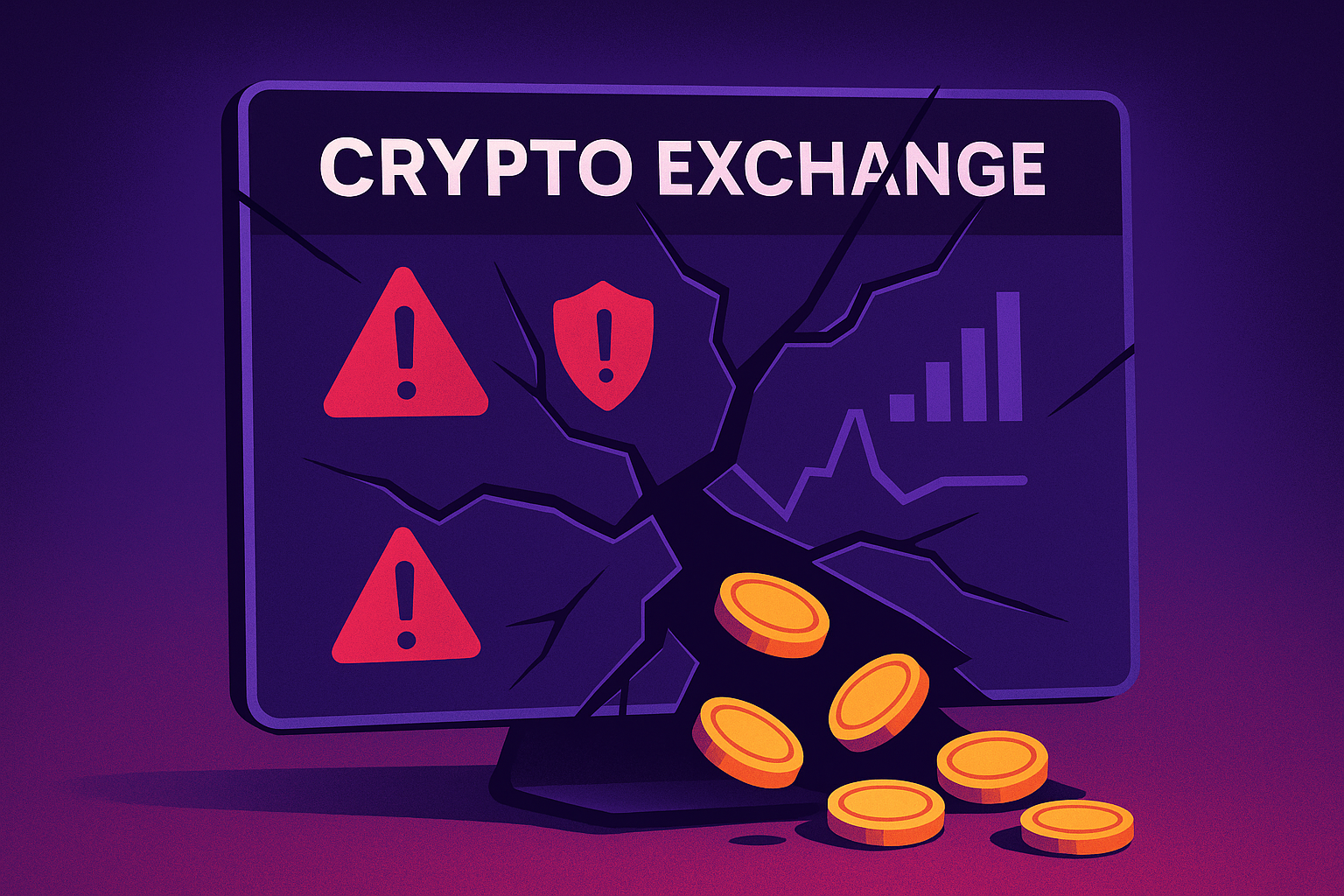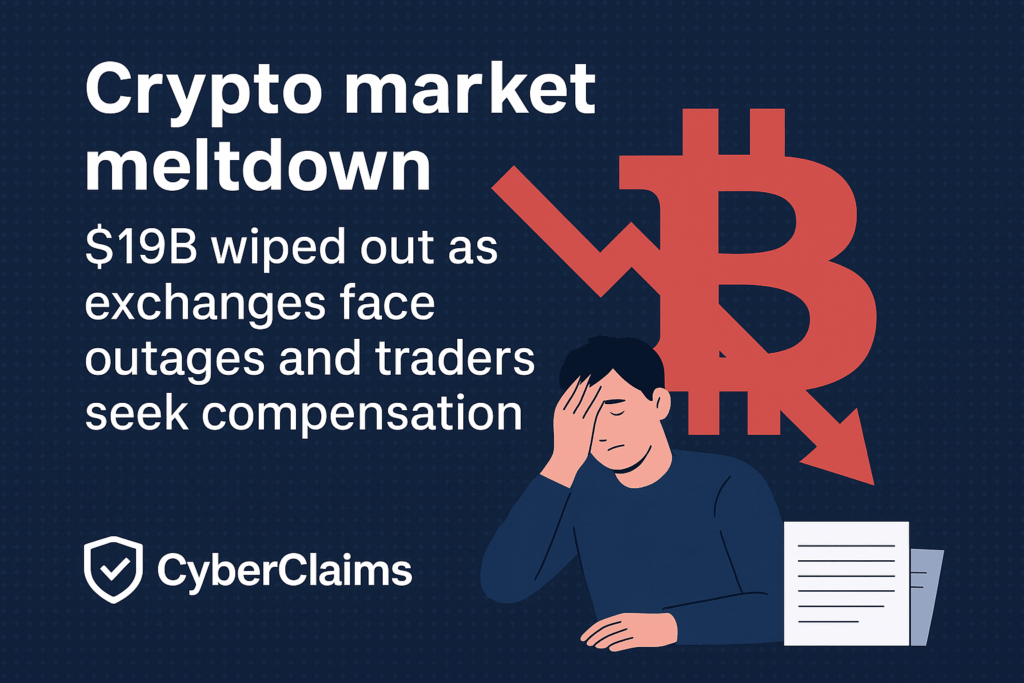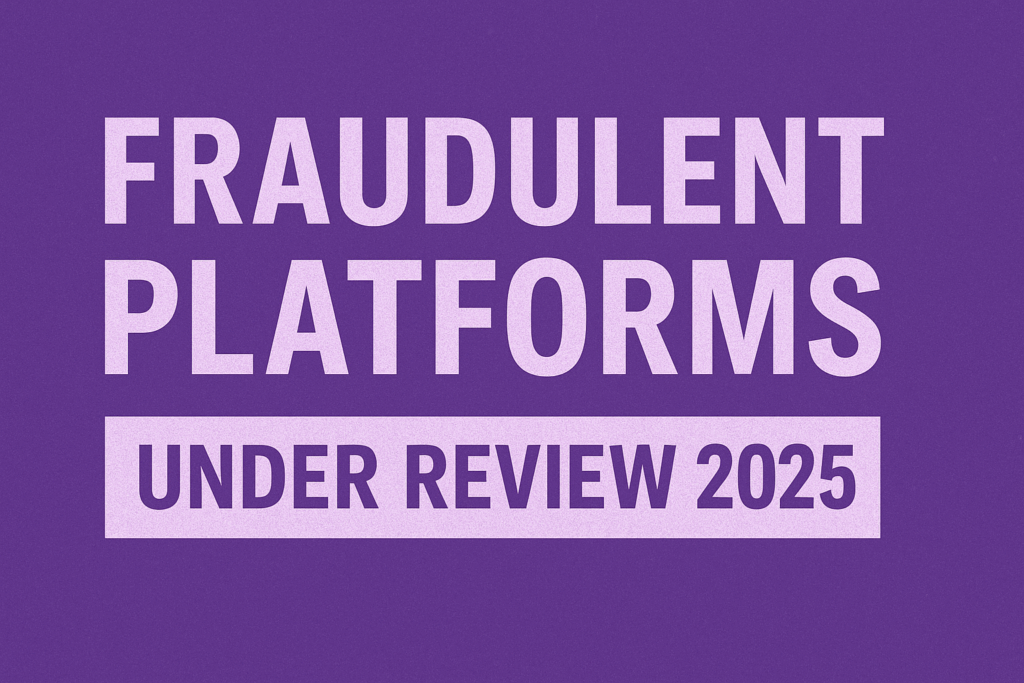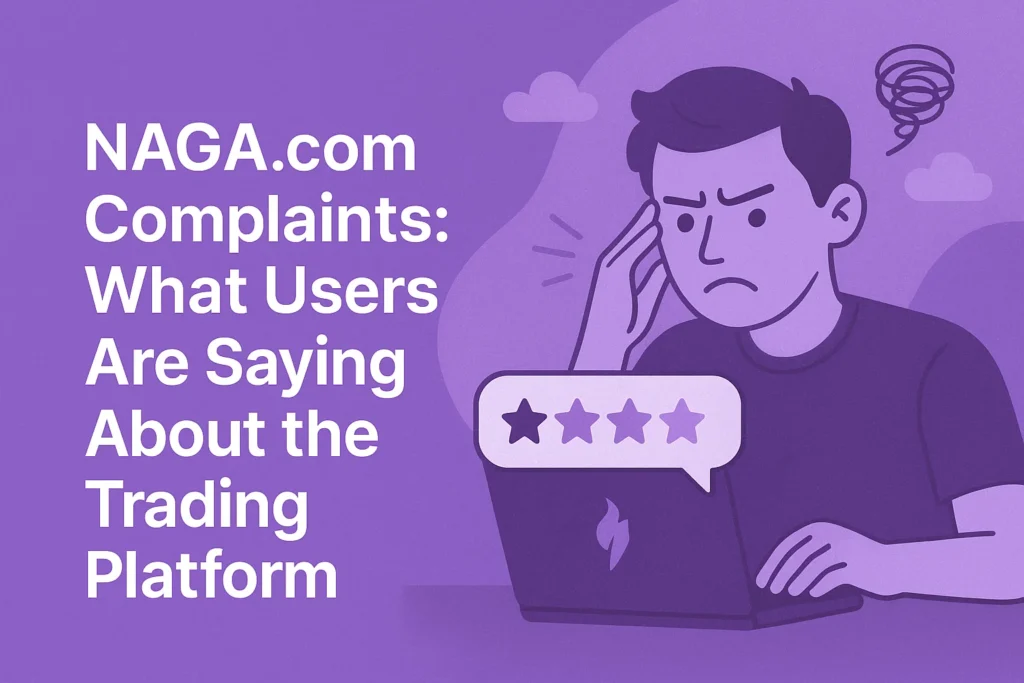Every day thousands of investors log in to what they believe are legitimate crypto platforms only to find that their funds have disappeared. The global crypto landscape in 2025 is being flooded with a new generation of scams: fake exchanges, wallet drainers and rug pull projects. These operations are polished, sophisticated and engineered to steal large amounts fast.
At CyberClaims we are seeing a dramatic rise in these tactics. Many are run by organised networks using AI, marketing techniques and social engineering to take millions in digital assets.
The new face of the fake exchange
Old style fake sites were easy to spot, with bad design and typos. Not anymore. Today’s fake exchanges are flawless, copying real dashboards pixel for pixel, loading live price feeds and even using SSL certificates to appear secure.
Victims usually reach these sites through sponsored ads on search engines and social media, Telegram tip groups, or influencers who promote supposed “exclusive” access. Once a deposit is made the site will show a balance and sometimes simulated trading, but withdrawals are blocked and support disappears.
Example: a recent report to CyberClaims described a user who deposited €7,400 into a site called CryptoTradeVault.com. The site mirrored a major exchange, had live chat and showed verification screens. Within 24 hours the chat was gone, the domain redirected to an empty page, and the money had moved through multiple wallets.
Wallet drainers, the invisible thieves
If fake exchanges are the con artists, wallet drainers are the pickpockets. These are malicious smart contracts or fake wallet apps that take funds instantly once the user gives a single permission.
They come as fake airdrop claims, phoney NFT mints, browser extensions and portfolio tools that request approvals. Victims often have no idea what they have authorised. In October 2025 independent security teams reported more than $35 million stolen via wallet drainers disguised as DeFi utilities.
A key difference is that wallet drainers do not need seed phrases. One click on a deceptive approval is enough to grant a contract permission to transfer tokens away.
Rug pulls, hype and heartbreak
Rug pulls remain one of the most damaging scams in DeFi. A token is launched with aggressive marketing, influencers push the project and liquidity pours in. Then the developers remove liquidity and vanish. The token price collapses in minutes and investors are left with worthless assets.
One high profile example this year involved a project called Neptune Yield Protocol, which promised 700 percent APY and was promoted by short videos on social platforms. Within two weeks the founders had drained liquidity, leaving investors collectively out €42 million. The project had forged audits and used AI generated team photos to appear legitimate.
How criminals combine tactics
Modern fraudsters do not rely on a single trick. They stitch together multiple tactics to confuse victims and delay response.
A typical attack might start with a sponsored ad linking to a fake exchange. The exchange advertises a new DeFi token and prompts users to connect their wallets. The connection is a wallet drainer that withdraws tokens immediately. While victims see fake profits, criminal operators split funds across many wallets and move them through mixers to obscure the trail.
By the time a victim realises what happened, the assets are scattered across jurisdictions and privacy layers, making recovery harder and slower.
Why 2025 is the perfect storm
Three forces are driving the surge in crypto fraud:
- AI automation: scam groups use tools to clone sites, generate fake team photos and spin up campaigns within hours.
- Social engineering: fake support agents, Telegram admins and AI chatbots build trust and pressure victims.
- Fragmented regulation: inconsistent laws across countries make cross-border enforcement difficult.
The result is criminal networks that operate like marketing agencies, with division of labour and high production values. They impersonate trusted brands, create convincing documentation and use paid amplification to reach victims worldwide.
Practical steps to protect yourself now
- Verify the domain. Official exchanges rarely use words like pro, vault or bonus in their URL.
- Never approve wallet connections unless you understand the contract. When in doubt, decline.
- Avoid FOMO. If an offer promises extraordinary returns in a short time walk away.
- Use hardware wallets for significant holdings.
- Check social profiles carefully. Impersonation accounts frequently use fake followers and recycled content.
- Use a separate browser wallet for riskier interactions and keep your main holdings offline.
What to do if you were targeted
If you believe you interacted with a fake exchange, wallet drainer or rug pull, act immediately:
- Stop all transactions and do not share any more information.
- Record everything, including screenshots, domain names, wallet addresses and transaction IDs.
- Contact CyberClaims for an urgent assessment. Our tracing specialists identify flow paths and advise next steps.
- Report the incident to your local cybercrime unit and financial regulator. Cross reporting helps map networks and protect others.
Quick action improves recovery prospects. Delays allow funds to cross multiple obfuscation layers and jurisdictions.
The aftermath and why victims should speak up
Many victims are silent because they feel embarrassed. That silence helps scammers succeed. CyberClaims has seen numerous cases where victims recovered part of their assets after seeking help and providing clear information. Speaking up not only gives you a chance at recovery, it helps warn other potential victims.
Stay vigilant and seek professional help
Crypto remains an exciting frontier for finance, but 2025 has shown how dangerous it can be for the unprepared. Knowledge, verification and professional support are your strongest defenses.
If you suspect you were targeted by a fake exchange, a wallet drainer or a rug pull, contact CyberClaims for a free, confidential assessment. We trace funds, advise on dispute resolution and act quickly so you have the best chance of recovery.









